Supported by South Korean steel producer POSCO and to be developed in Port Hedland, the facility will process raw iron ore mined from the Pilbara region using direct reduction, converting it into hot briquetted iron, also known as briquetted steel. The approved Port Hedland Iron (PHI) project aims to produce 2 million tons of iron briquettes annually.
The project, which will be carried out in Port Hedland—the second largest regional center in Pilbara supplying around 40 percent of the world’s iron ore—has the potential to double Australia’s iron ore export revenue, according to a report published by the Superpower Institute in May. Initially announced as the “Port Hedland green steel project,” it is planned to operate entirely on renewable energy by 2050.
However, some debates remain ongoing. The EPA report stated that the facility will initially run on natural gas, with a target to transition to 100 percent renewable energy by 2049. Experts have expressed doubts about the feasibility of this goal. Bill Grace, a sustainable engineering researcher at Western Australia University, emphasized that labeling the project as “green” at its initial stage would be misleading, highlighting uncertainties related to renewable energy and hydrogen supply.
The EPA acknowledged that the use of natural gas will result in “significant” greenhouse gas emissions. However, the authority emphasized that the facility will contribute to decarbonization in steel production and create a net positive impact on global emissions. The report also noted that the project could play a commercial supporting role in the development of the renewable hydrogen sector in Western Australia.


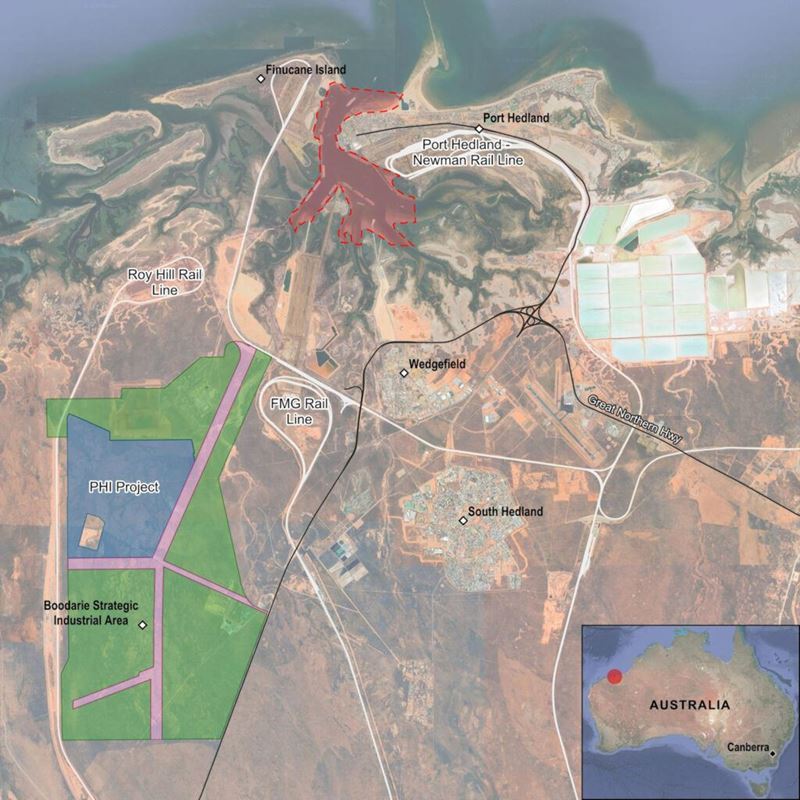

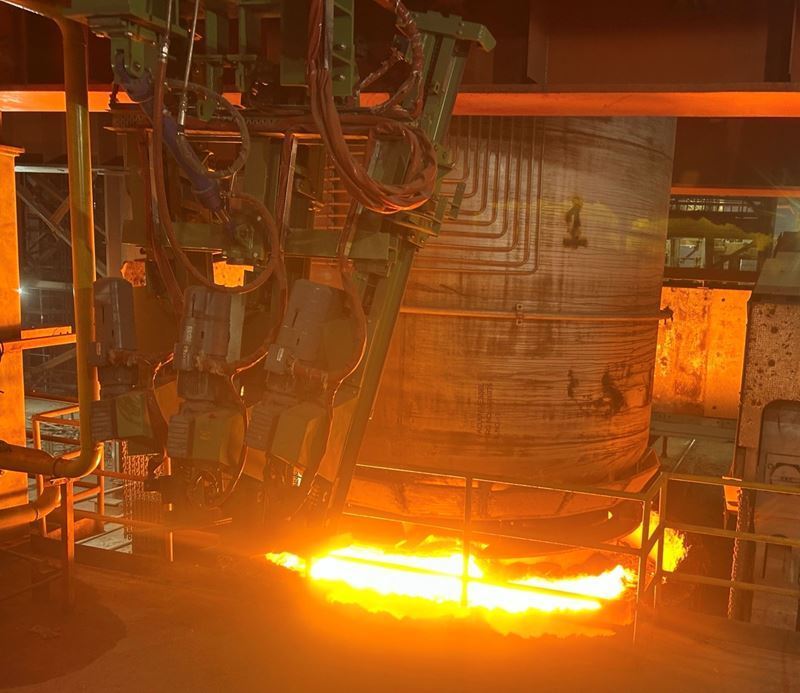
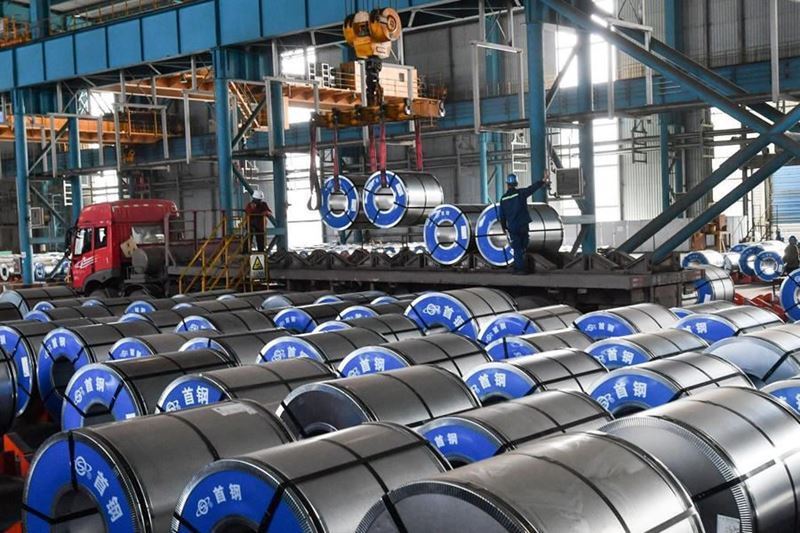
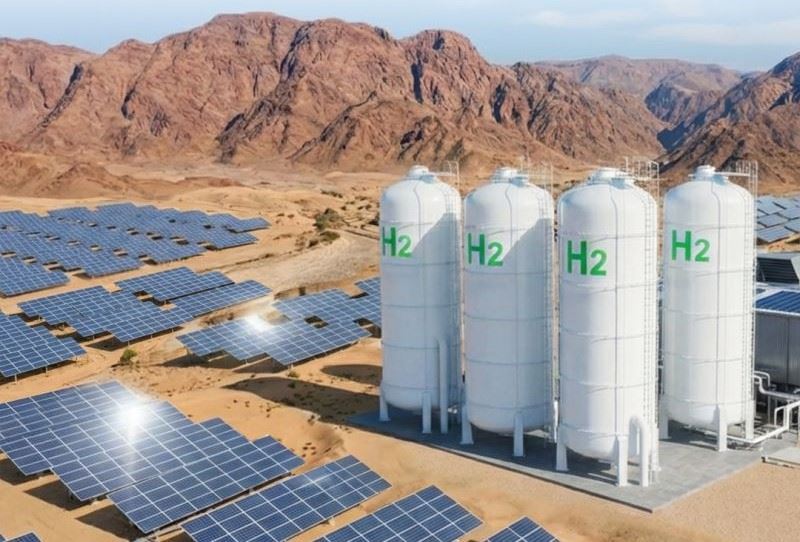
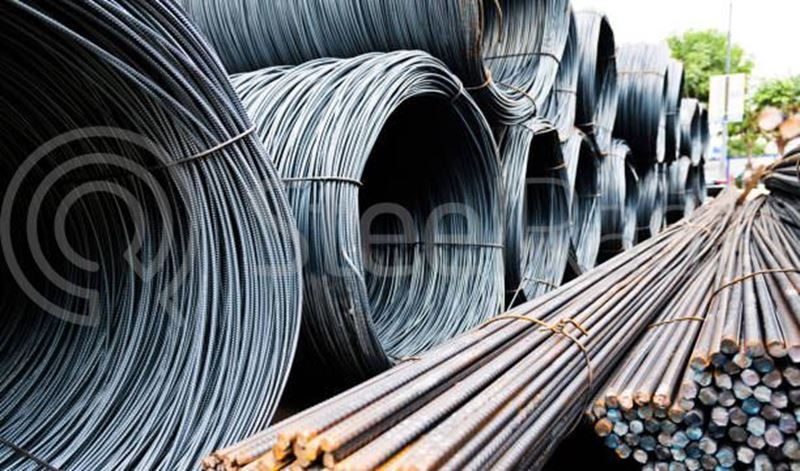

Comments
No comment yet.